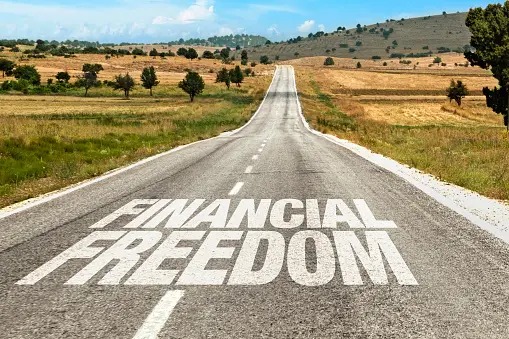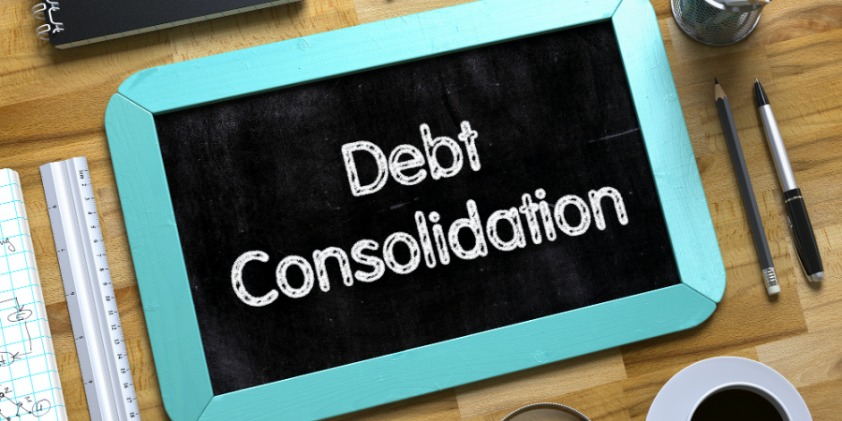Debt can weigh heavily on individuals, creating stress and uncertainty about the future. Whether it's credit card debt, medical bills, or personal loans, finding a way to manage or eliminate this debt is crucial for financial peace of mind. Fortunately, there are several debt relief options available that can help reduce or eliminate debt, each designed to suit different financial situations.

1. Debt Consolidation
Debt consolidation involves combining multiple debts into a single loan with one monthly payment. This option is ideal for those with multiple high-interest debts who want to simplify their payments. Consolidation can lower your monthly payment and make it easier to manage your finances, but it may extend the repayment period and result in paying more interest over time.
2. Debt Settlement
Debt settlement involves negotiating with creditors to pay a lump sum that is less than the total amount owed. This can be an option for individuals struggling to make minimum payments and facing significant financial hardship. While debt settlement can reduce the overall debt burden, it may negatively affect your credit score and result in tax liabilities on forgiven debt.
3. Credit Counseling
Credit counseling services provide professional advice on managing debt and creating a budget. A credit counselor can help you assess your financial situation, offer suggestions for reducing expenses, and develop a plan to pay off debt more efficiently. In some cases, credit counseling organizations also offer Debt Management Plans (DMPs) to help you pay off debt through structured monthly payments to creditors.
4. Debt Management Plans (DMPs)
A Debt Management Plan (DMP) is an agreement between you and your creditors to pay off debt over a set period. Credit counseling agencies typically manage these plans, consolidating your debts into one monthly payment. DMPs can lower your interest rates and fees, but they require consistent monthly payments and can take years to complete, depending on the amount of debt you have.
5. Bankruptcy
Bankruptcy is a legal process that provides a fresh start for individuals overwhelmed by debt. Chapter 7 and Chapter 13 bankruptcy are the two main types of bankruptcy for individuals. Chapter 7 involves liquidating assets to pay off creditors, while Chapter 13 involves creating a repayment plan to pay off debts over three to five years. Bankruptcy should be considered as a last resort, as it can severely impact your credit and remain on your record for several years.
6. Refinancing
Refinancing involves replacing existing debt with a new loan that has better terms, such as a lower interest rate. This option can be particularly useful for those with mortgages, car loans, or student loans, as it can reduce monthly payments and lower the overall cost of borrowing. However, refinancing may not be suitable for everyone, particularly those with poor credit.
7. Debt Relief Grants or Assistance Programs
Some government and nonprofit organizations offer grants or debt relief programs that can provide financial assistance or forgiveness for specific types of debt, such as student loans or medical debt. These programs are often income-based and have specific eligibility requirements, so it's important to research available options in your area.
Conclusion
When debt becomes overwhelming, it's crucial to understand the various debt relief options available to you. Whether through consolidation, settlement, or bankruptcy, each option has its own set of benefits and consequences. It's important to assess your financial situation carefully and seek professional advice to determine the best course of action. By taking proactive steps, you can work toward reducing your debt and moving toward a more secure and financially stable future.





